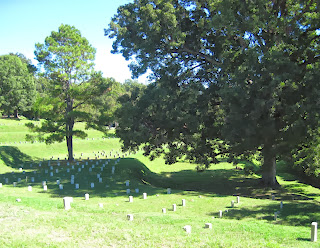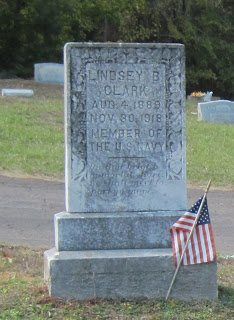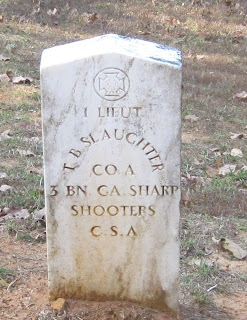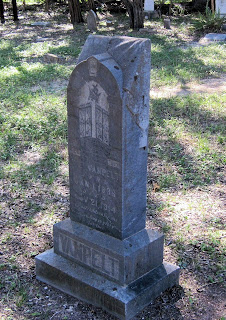Capt. T. M. G. (Malcolm) Van Pelt was one of the early settlers to the Frio Canyon, a long wide valley with the Frio River running through it's center. He was born in Charlotte, Mecklenburg County, North Carolina, in July of 1831. His great-grandfather was a soldier in the war of the revolution.
He came to Texas in 1853 and settled first at Gonzales, then moved to Prairie Lea in Caldwell County in 1854. He bought cattle there and drove them to the Hondo River in 1855. In 1860 he moved and settled in Frio Canyon, Uvalde County. He had a fine ranch and farm fronting the river. At this time, the area of the Frio Canyon was regularly raided by Indian war parties. Capt. Van Pelt was an experienced Indian fighter but was also said to have been always running over with fun and practical jokes.
T. M. G.
VANPELT
BORN
JULY 15, 1831
DIED
DEC. 10, 1910
|
|
|
|
C. E. VANPELT
(California Elizabeth Elam VanPelt)
BORN
JAN. 1, 1836
DIED
NOV. 21, 1914
|
Joseph M. Van Pelt, the son of Malcolm Van Pelt and California Elizabeth Elam, was born at Prairie Lea, Caldwell County, Texas, on the last day of May, 1857. That was a noted year to old Texans, and called by some of them the "starving year." It was a year of great drought, when no crops were made, and many families went without bread for weeks at a time.
When Joe was about 3 years old the Van Pelts moved to Frio Canyon. One of the first things Joe became familiar with as he grew up was moccasin tracks and the almost constant alarm of Indians in the settlement. Indian tracks were often seen in the field where they had stolen potatoes and roasting ears. He went on many dangerous scouting trips after Indians when quite young.
J. M.
VANPELT
MAY 31, 1857
AUG. 22, 1912
At Rest |
|
This post is in memory of my childhood friend, Norman VanPelt, descendant of these Texas pioneers, who is now buried among them in the Concan Cemetery.
Source - Early Settlers and Indian fighters of Southwest Texas by Andrew Jackson Sowell, Pub. by Ben C. Jones & Company, 1900































